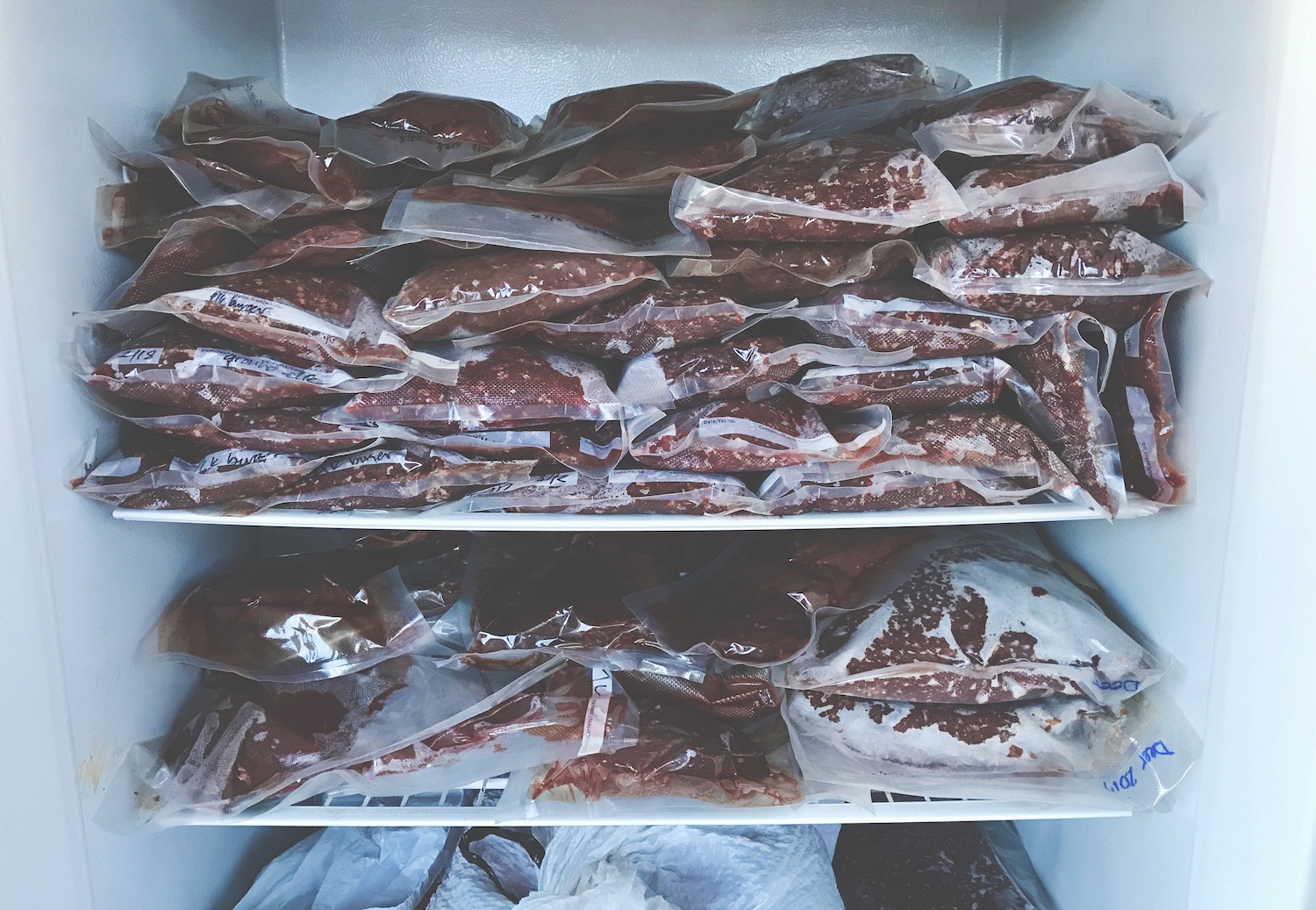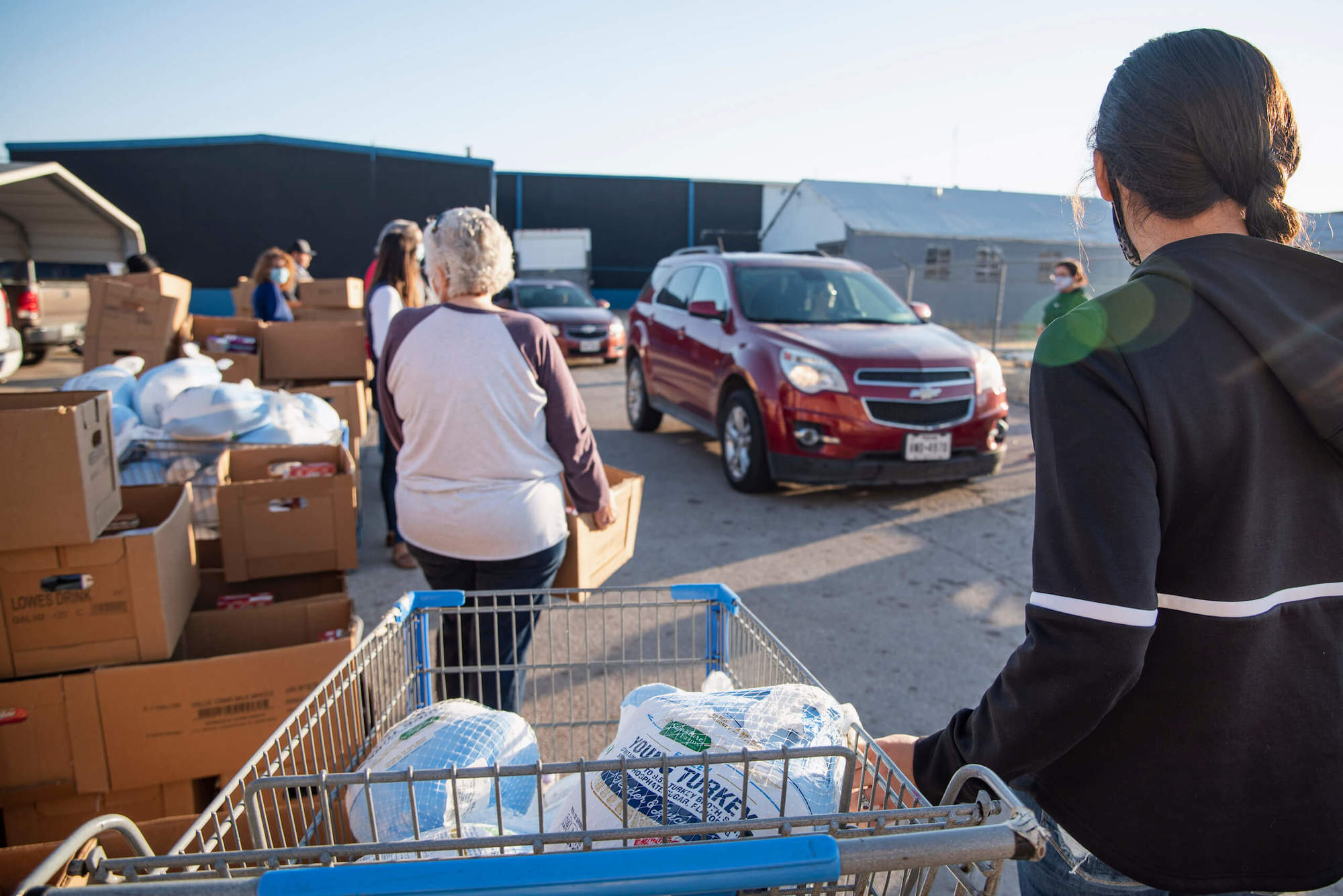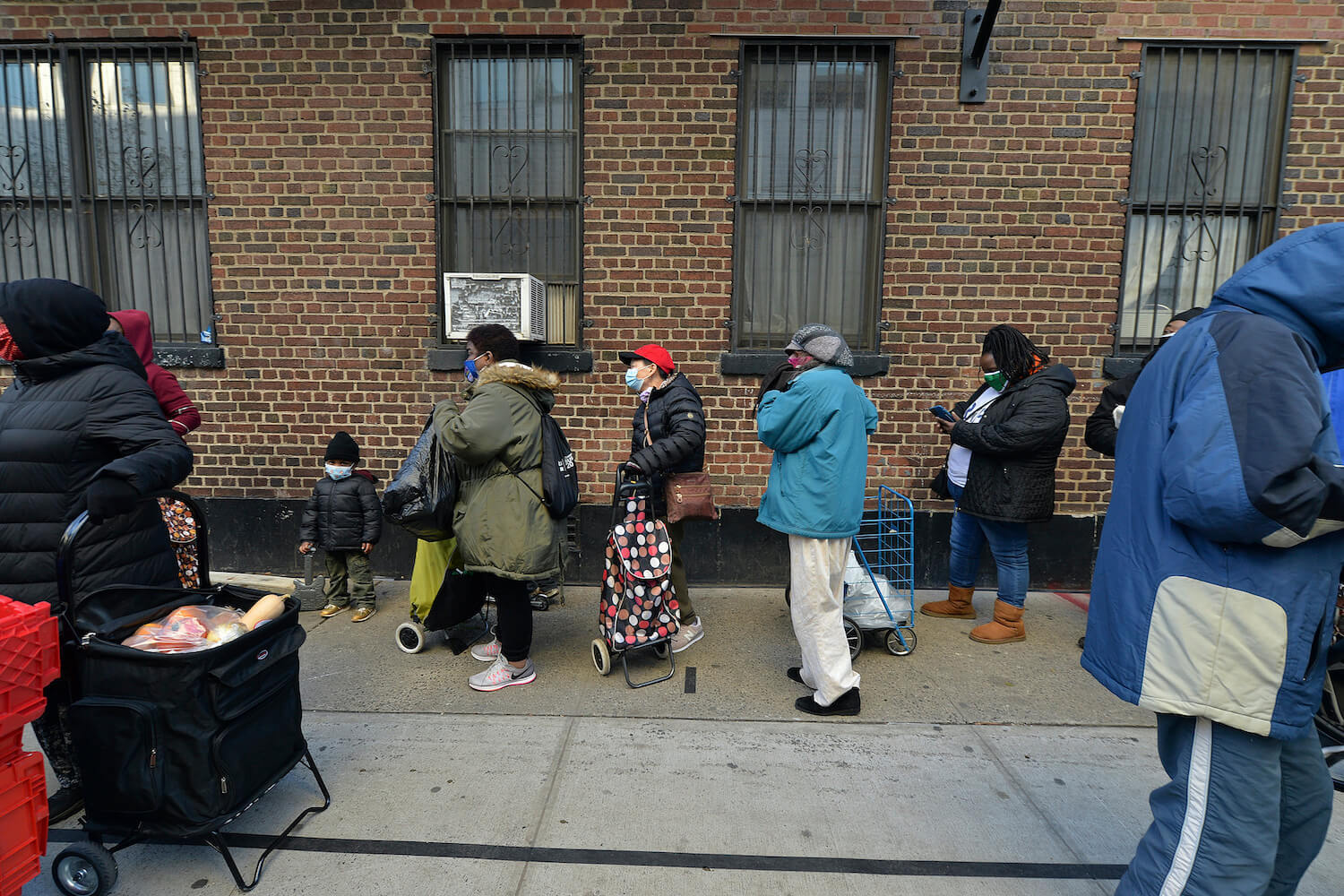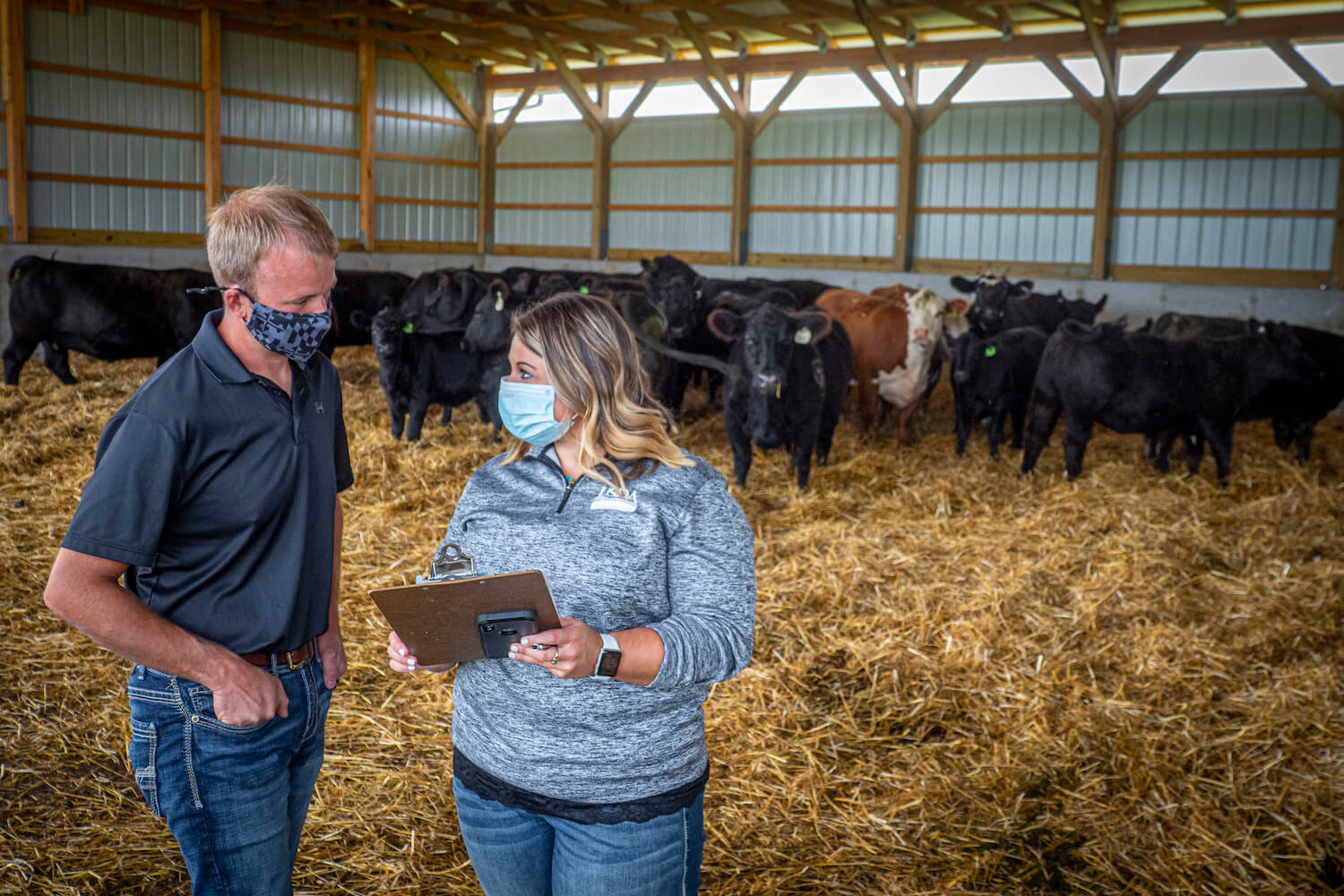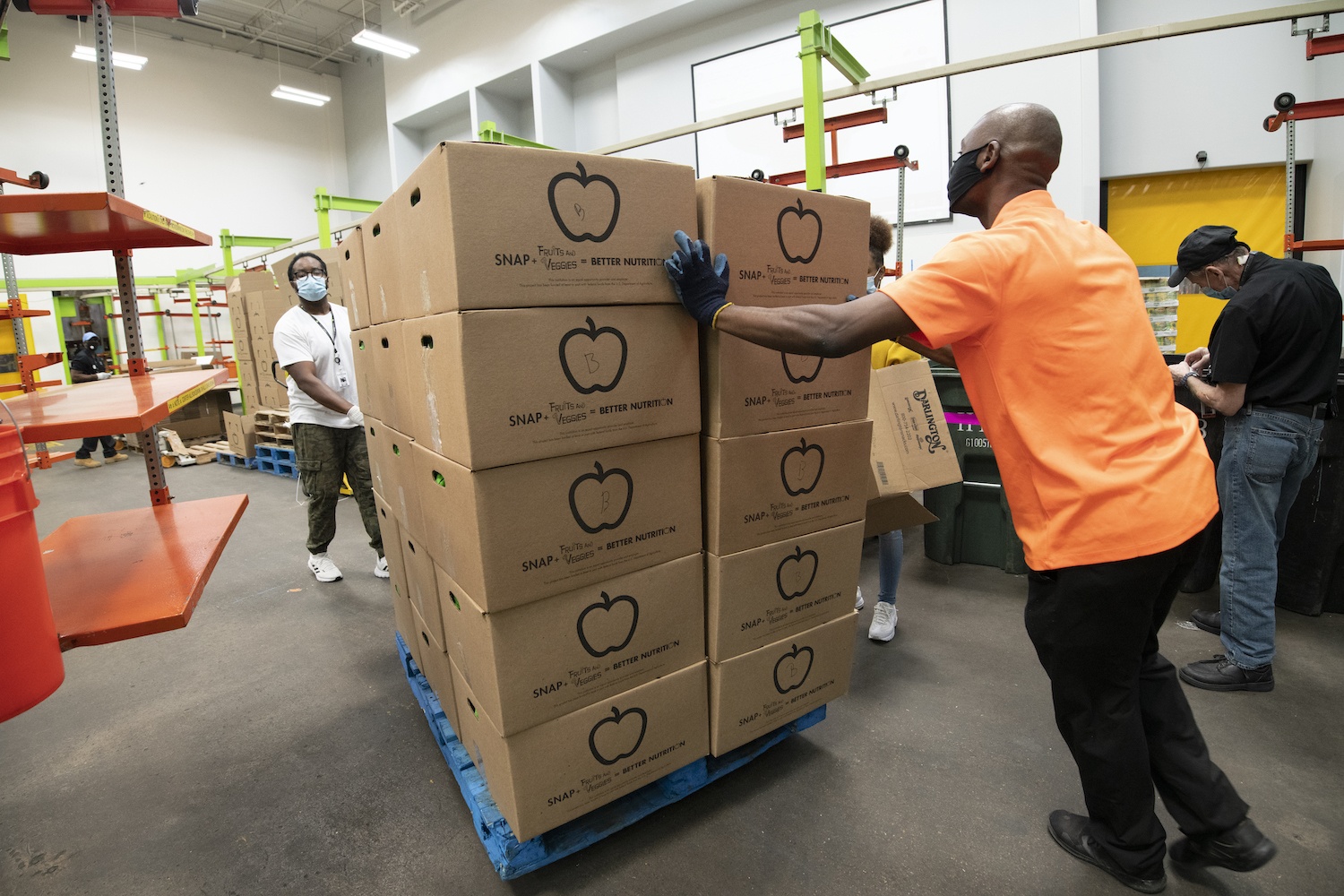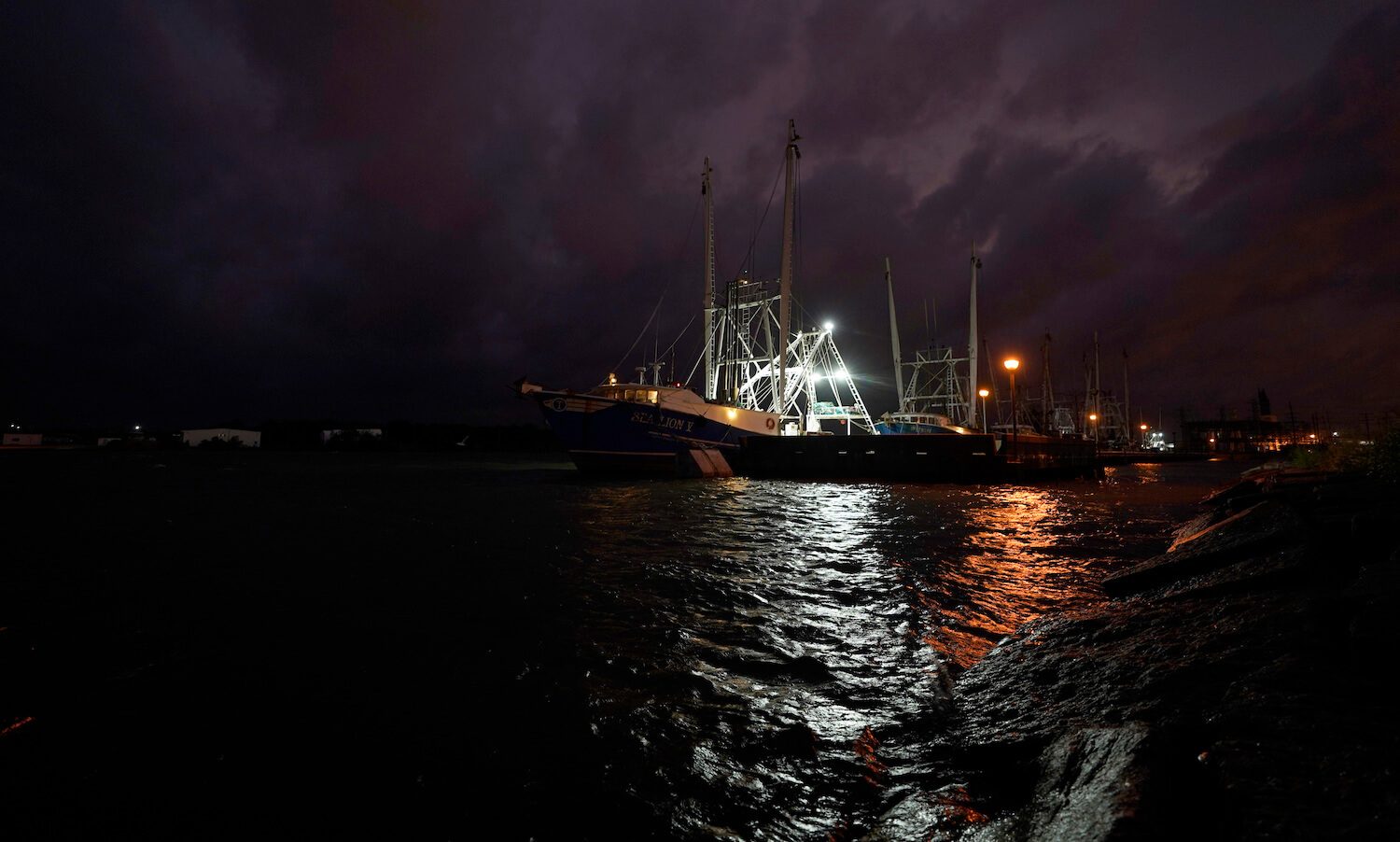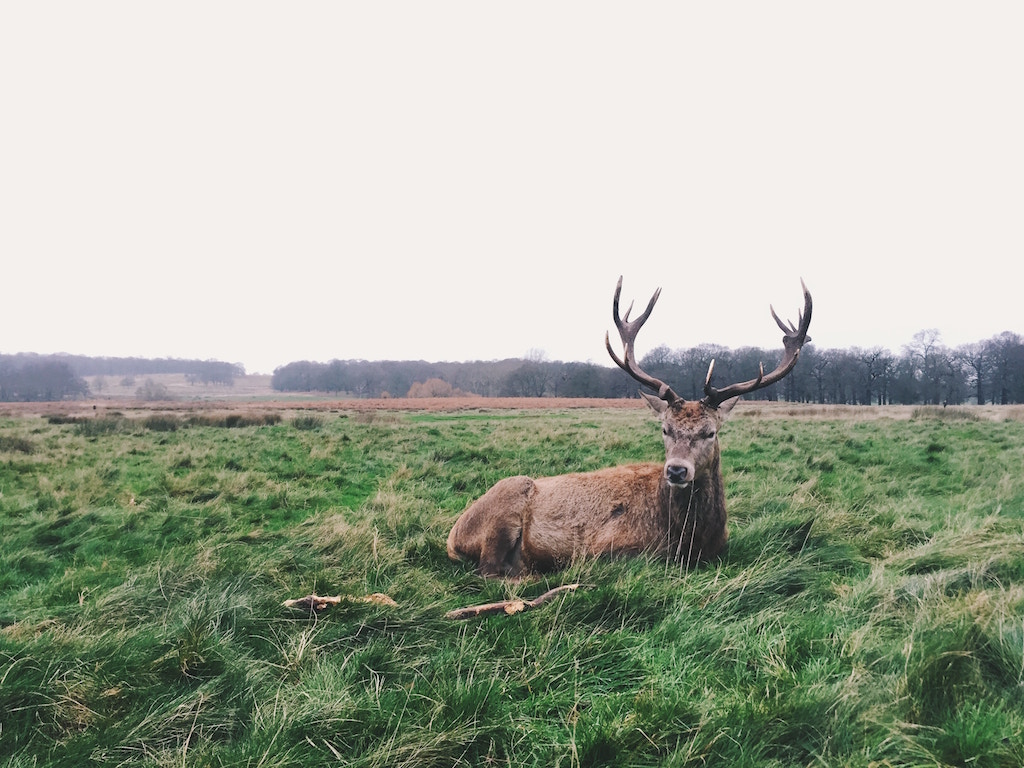Every year, hunters donate extra deer meat to feed the hungry. But during the pandemic, they might be hoarding the venison for themselves.
America is in a hunger crisis: eleven million adults are out of work, emergency unemployment benefits are soon expiring, and nearly 50 million people say they don’t have enough money to buy healthy food. Amidst all this, state officials have a message for hunters, now weeks into deer season: Give that meat to food banks.
“A well-stocked freezer is not universal,” said Russell Redding, Pennsylvania’s agriculture secretary, in a statement to 850,000 licensed hunters last month. This year, Redding urged, hunters with permits to bag more than one animal should consider using their “love of the sport to feed others,” and bring the deer to processors that donate venison to food banks.
Americans turned to food charities in unprecedented numbers during the pandemic. Nationwide, food pantries, soup kitchens, and other emergency feeding programs say they’ve served 15 percent more people, and many said they’ve been forced to turn needy people away. And while food banks say they’ve received massive donations of items like produce and dairy, they often have to buy meat themselves.
“It may sound weird, but people are always looking to give away venison. Someone just asked me last week if I wanted some. It’s there for the taking.”
“From a food banking perspective, protein is one of the most needed items,” said Amy Cawley, a coordinator for the Maryland Food Bank.
For decades, hunters have met that need by donating venison—the high-protein, low-cholesterol meat that comes from deer, elk, and other wild game they bag in the fall and early winter. On average, a single deer can produce around 60 pounds of meat, which often means there’s more than enough to go around.
“I guess you could call it a problem, that they have this sport, and then there’s more meat than they could possibly use,” said Dan Egan, executive director of Feeding New York State, an Albany-based organization that supports ten food banks across the state. Hunters here harvested over 224,000 deer last year. “It may sound weird, but people are always looking to give away venison. Someone just asked me last week if I wanted some. It’s there for the taking.”
“People know that times are tighter, or they’re concerned times may get tight before it gets better. Over the winter, they want to have more meat for themselves in the freezer.”
But this year, many charities are seeing a decline in donated protein, says Josh Wilson, the executive director of Farmers and Hunters Feeding the Hungry, a Maryland-based nonprofit that funds and coordinates wild game and livestock donations in 22 states.
The shortage likely isn’t caused by fewer animals. Ohio, Wisconsin, and New York have all sold more hunting licenses this year than in 2019, and are expecting above-average hauls.
“I’ve heard from a few butchers that hunters are keeping a few more deer for themselves,” said Wilson. So far, donations are down by 15 to 20 percent, but he cautioned that could change as the season continues.
“It’s subsistence,” he said. “People know that times are tighter, or they’re concerned times may get tight before it gets better. Over the winter, they want to have more meat for themselves in the freezer. Or it’s for a family member or friend who’s in worse shape than they are, and don’t get it processed through the program.”
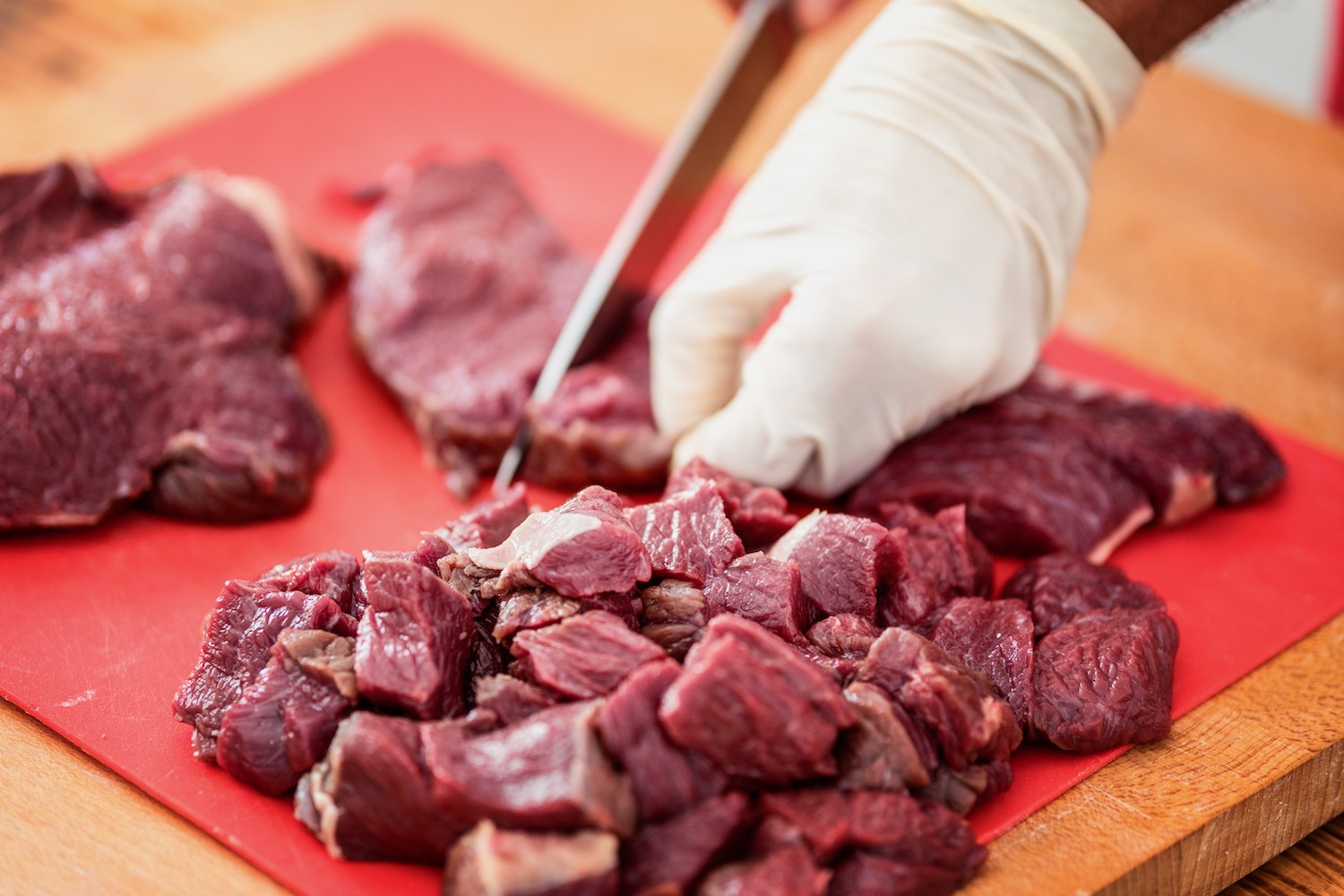
Venison is a leaner alternative to beef, often cased in sausages or served in stews.
Often ground, and cased in sausages or served in chili, venison is a leaner alternative to beef. Hunters say the benefits are plentiful. It’s healthier, because it’s not as fatty. It’s considered more pure, because the wild animals haven’t been pumped with antibiotics or growth hormones. But a deer that’s not handled properly can fester with bacteria and become dangerous. Natural resource departments in Wisconsin and Iowa urge hunters to remove the organs, known as field dressing, and keep the animal cool, before donating animals to processors.
“It’s what we call free range,” says Wayne Topper, a deer meat processor in Cleves, Ohio, and one of 50 butchers statewide that processes venison at a reduced rate for Wilson’s group. “Venison is lean, which means it’s drier. So it’s not going to be as juicy as a hamburger or a steak off a cow, obviously. But from a health standpoint, it’s very good.”
Hunters have been organizing to donate venison at least since the 1980s, when the Safari Club established the Sportsmen Against Hunger program. Two other efforts followed in 1991—a Virginia-based program called Hunters for the Hungry, and Pennsylvania’s Hunters Sharing the Harvest. These programs, each of which operated a little differently, all had the same goal—send unwanted animals to licensed meat processors and butchers, and channel that deer meat on to food pantries, missions, shelters, and Salvation Armys.
“The economics of it are very favorable for the anti-hunger community. For people who are getting it, of course, it’s free. But to get it to them is very economical.”
That’s continued, but in some cases, it’s the food banks that pay for the processing, not the hunting groups. Every year, Feeding New York State pays butchers $136,000 to process between 60,000 and 70,000 pounds of venison, at roughly $2 a pound. Without a large budget to buy food, the charity relies on deer meat, which Egan says is cheaper than conventional beef.
The food bank works with around 80 registered meat processors to handle the animals—from commercial outfits to “the guy down the road who knows how to do it.” If a hunter expresses interest in donating the meat, the butcher contacts the food bank, which pays him the processing fee. When the meat’s ready, someone from the food bank will pick it up, although some rural butchers deliver the venison directly to a local kitchen or pantry.
“The economics of it are very favorable for the anti-hunger community,” Egan said. “For people who are getting it, of course, it’s free. But to get it to them is very economical.”
And the hunters like donating, too.
“I understand that if I give my harvest, I will be rewarded with another one,” said Don Boling, a white-tailed deer hunter in Liberty Township, Ohio. “I’ve never gone without venison to feed my family. The obligation is to serve before I serve myself.”
